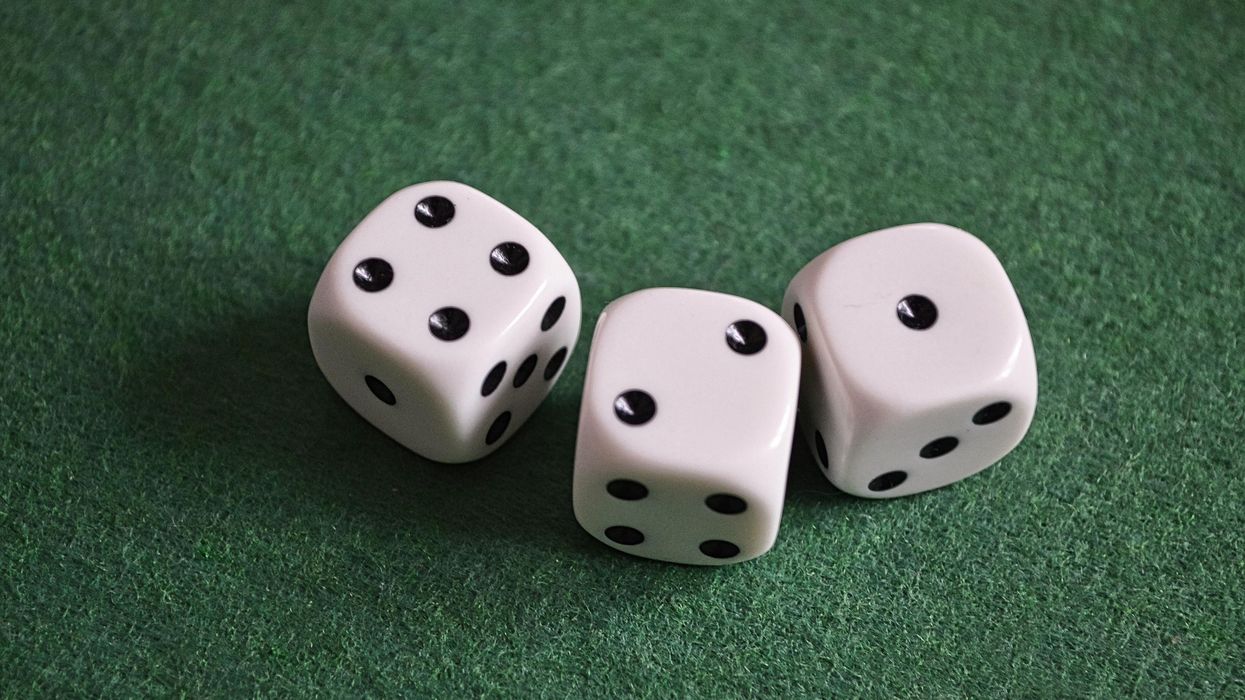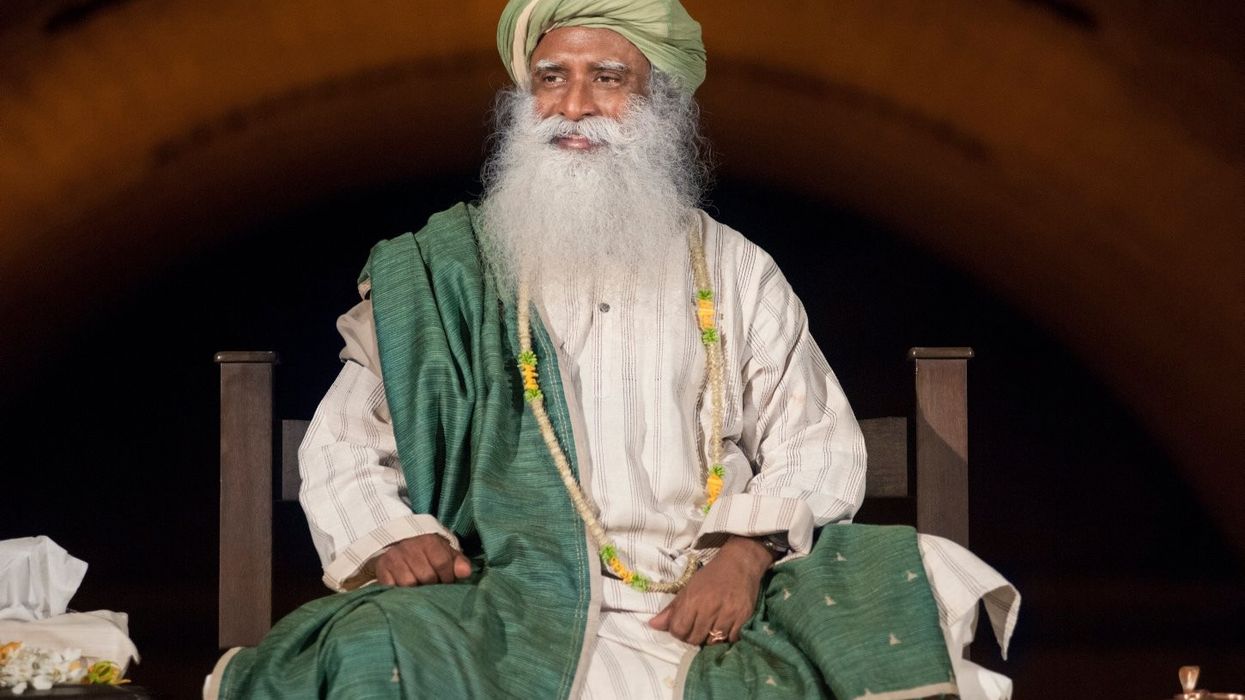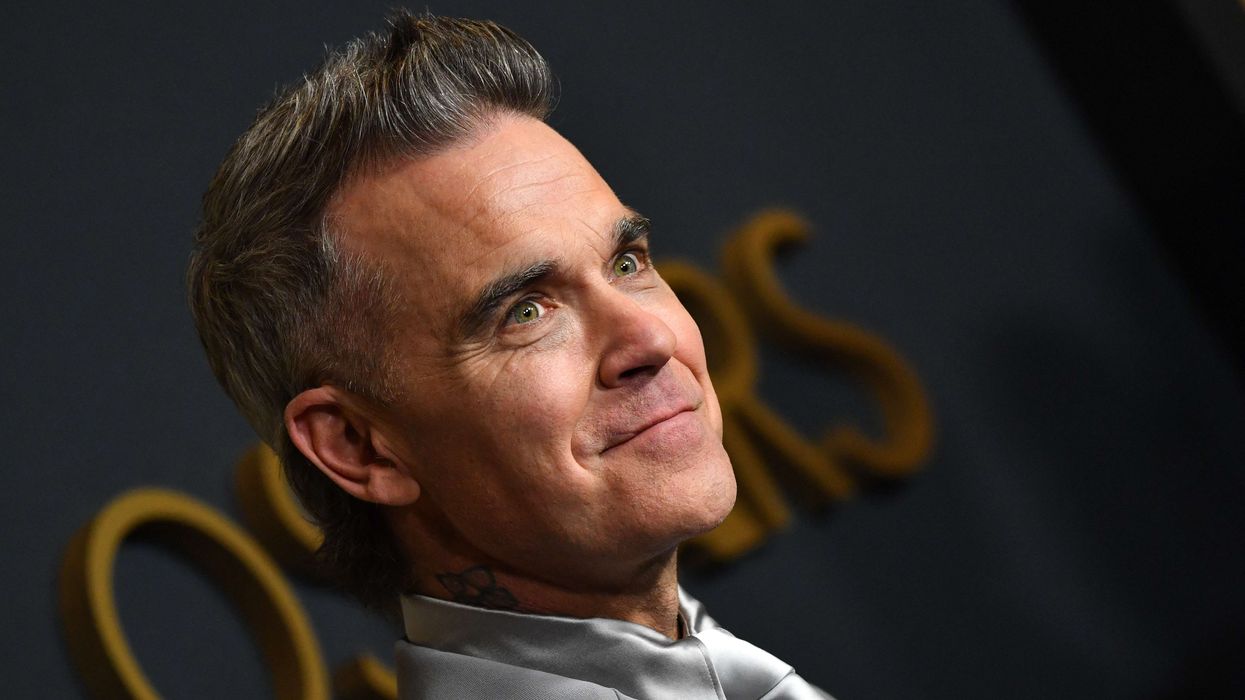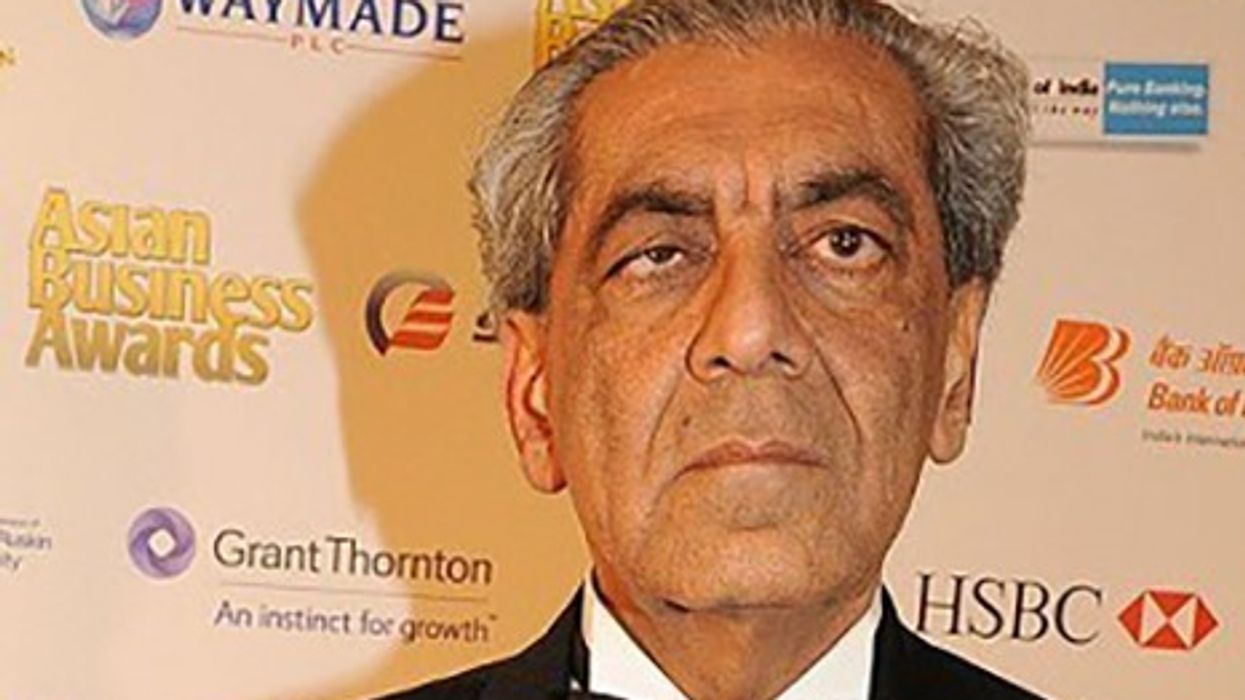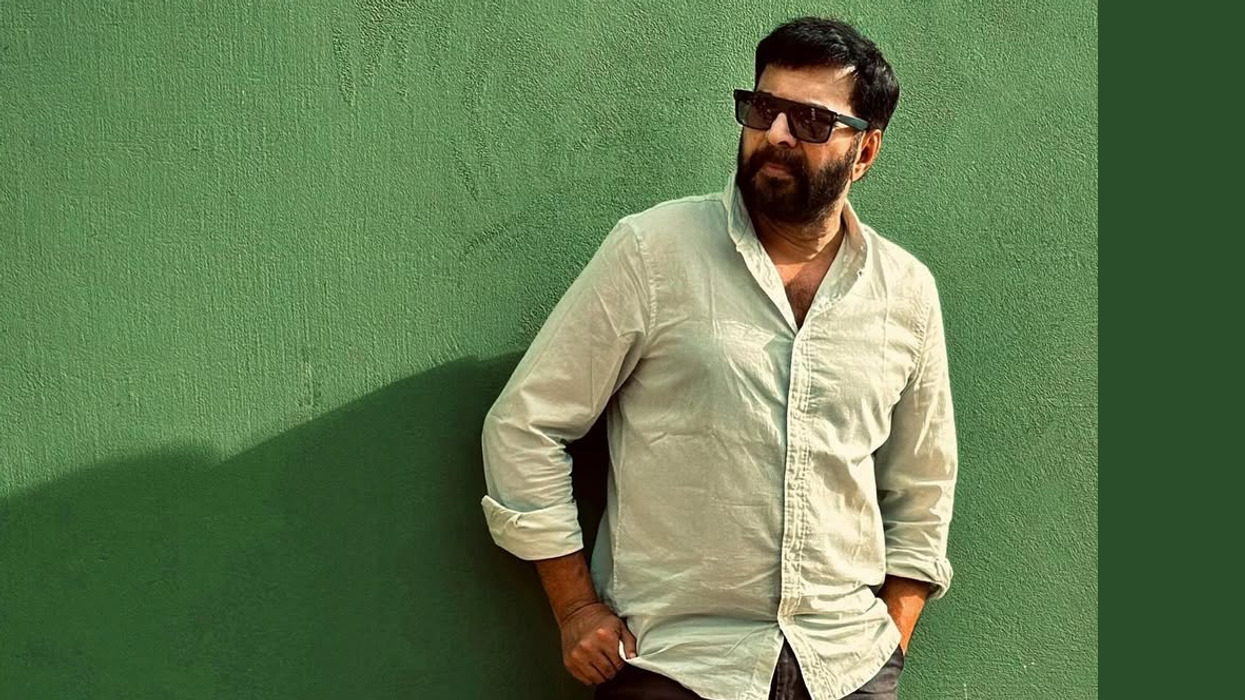IN YOGIC culture, there are two aspects to Shiva. The word ‘Shiva’ literally means ‘that which is not’.
Everything that is has come from ‘that which is not’. If you look up at the sky, you will see many stars and celestial objects, but still the biggest presence out there is a vast emptiness. It is in the lap of this “no-thingness” that the dance of creation is happening right now.
This emptiness, which is the very basis of creation, is referred to as ‘Shiva’.
Another dimension of Shiva is Adiyogi, the first yogi, who opened up the incredible science of Yoga for humanity. Yogic culture moves seamlessly from invoking Shiva as the basis of creation to invoking Shiva as the first yogi. Is this contradictory?
Not at all, because once Yoga or ultimate union has happened, there is no longer a distinction between ultimate reality and the one who has experienced it. In accordance with this logic, yogic culture offers two ways to reach the ultimate state: becoming everything or becoming nothing, the path of gnana (knowledge) or the path of bhakti (devotion).
Figuratively speaking, if you want to meet Shiva, you either learn to meet him on his terms or you dissolve yourself entirely. If you have to be with a king, either you also become a king, or else, his humblest servant. These are the two fundamental ways. Through knowledge, you aspire to meet him face to face.
Through devotion, you make yourself an absolute zero and cease to exist altogether. Otherwise, no meeting is possible.
Devotion means dropping the dualities of like and dislike, attachment and aversion. It means ‘okay’ and ‘not okay’ does not exist for you anymore; everything is okay. When you say ‘everything is God’, it means the same thing: that everything is okay for you. Bhakti means becoming absolutely choiceless. This is the nature of the ultimate reality as well; it is all-encompassing, all-inclusive.
Since ancient times, devotion has been seen as the most important path, because it is the quickest. But it has its own pitfalls.
The path of knowledge is harder, but it is an ‘eyes-open’ path; devotion is an ‘eyes-closed’ path. With knowledge, every step you take, forward or backward, you know where you are going. With devotion, even if you have fallen into a pit, or are trapped in your own hallucination, you have no clue.
For most people, emotion is more intense than thought. That is why devotion has been glorified more than any other path. But, without the right understanding and wisdom, walking the path of devotion could lead to all kinds of delusions. Devotion can be beautiful, joyous, ecstatic, but without the clarity of knowledge, it can lead to stagnation. On the other hand, without emotion, spiritual practices can become barren, dry and lifeless. Without bhakti, gnana becomes simply a hair-splitting exercise.
Many people believe that devotion has no place in logic. But this is not true. Logic is essentially a cutting tool, an instrument of discernment.
If your logic is like a machete, when you look at something, it will fall into two pieces. But if the scalpel of logic you employ is very finely honed, you can cut through it, still leaving it in one piece.
The stories about swordsmanship speak of how when a fine swordsman uses his sword and cuts a tree, the tree should not even know; it should still stand as one. If your logic becomes this refined, you will see devotion fits in perfectly with your logic. You find true gnana and true bhakti are not different at all.
Ranked among the fifty most influential people in India, Sadhguru is a yogi, mystic, visionary and bestselling author. Sadhguru was conferred the “Padma Vibhushan”, the Indian government’s highest annual civilian award, in 2017, for exceptional and distinguished service.
